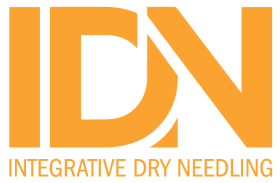J Chiropr Med. 2022 Dec;21(4):288-295. doi: 10.1016/j.jcm.2022.02.013. Epub 2022 Jun 6.
ABSTRACT
OBJECTIVE: The purpose of this study was to compare the effect of low-power laser therapy, dry needling, and exercise therapy on treating patients with neck and back pain and a diagnosis of the myofascial trigger points in the upper trapezius muscle.
METHODS: A randomized clinical trial was conducted in Isfahan, Iran, in 2019. The study sample (78 participants) was randomly allocated to 3 groups of 26, including stretching exercises (3 times a day for 2 weeks, control group), low-power laser (3 sessions for 2 weeks, 6 J/cm2, mean power of 100 MW in each point), and dry needling (4 sessions, with 25 × 0.25-mm needles). For all patients, the visual analog scale (VAS), neck disability index (NDI), and shoulder pain and disability index (SPDI) were completed at baseline, immediately, and 1 month after treatment.
RESULTS: Final participants in this study (n = 60) consisted of 33 (55%) female patients and 27 (45%) male patients, with a mean age of 51.25 ± 7.94 years. In the exercise group, VAS, NDI, and SPDI scores were not remarkably different in the studied periods (P > .05). Moreover, a notable decrease in VAS, NDI, and SPDI scores were observed in the treatment intervals. However, by excluding the effect of the control group, no substantial difference was observed between the 2 treatments (P > .05).
CONCLUSION: The use of laser therapy and dry needling methods induced a rapid response to pain relief. There was no difference between the 2 forms of treatment in the short term.
PMID:36420368 | PMC:PMC9676349 | DOI:10.1016/j.jcm.2022.02.013


